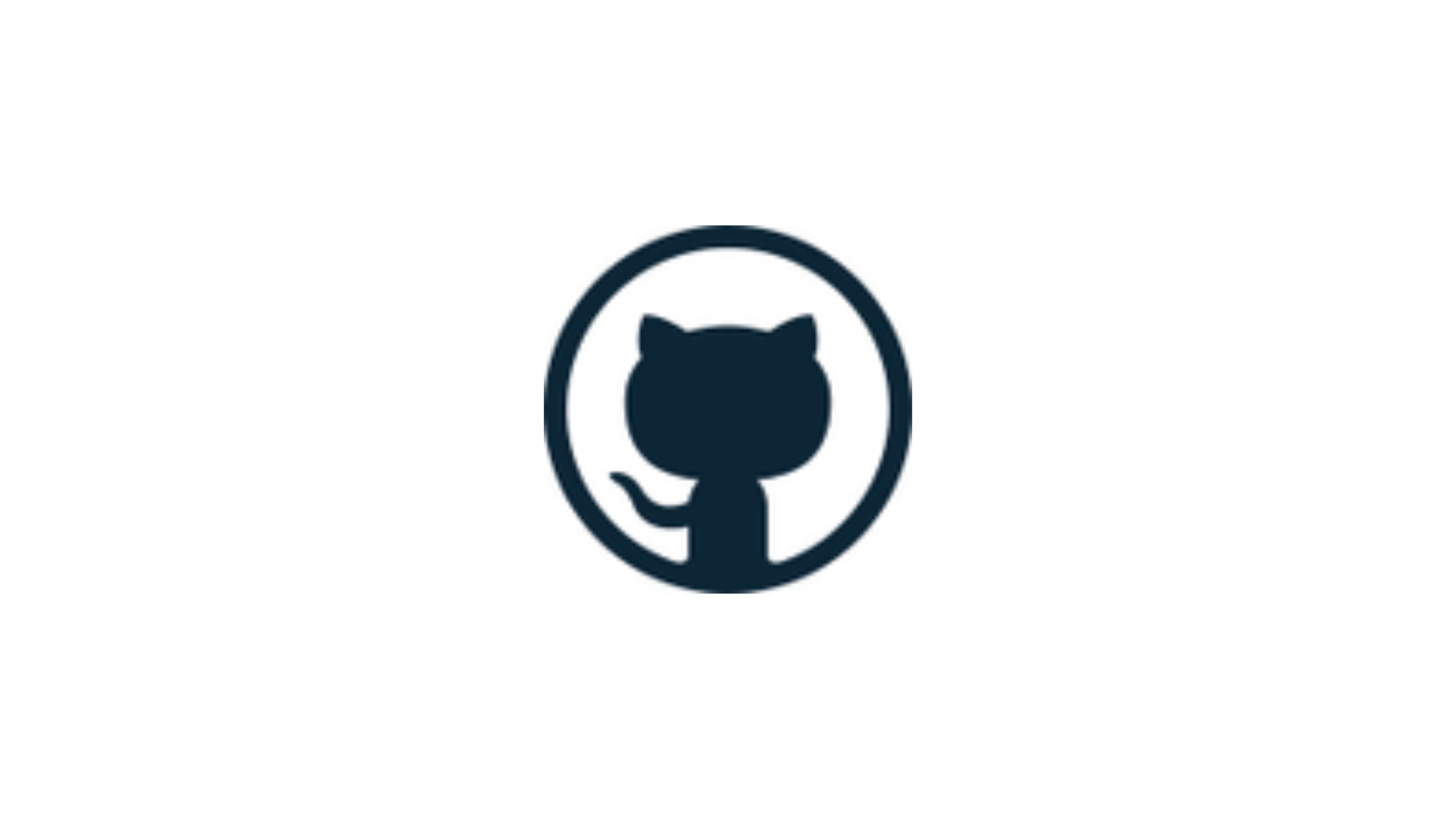Table of Contents
W3AF
Freemium
W3AF, which stands for "Web Application Attack and Audit Framework," is a powerful open-source framework primarily used for security assessments of web applications. Developed with a mission to identify and exploit vulnerabilities in web applications, W3AF is favored by cybersecurity professionals for its modular and flexible structure, allowing users to tailor it for various web security audits, including password cracking tasks. With W3AF, cybersecurity teams can detect weak spots, ensuring web applications are fortified against potential security threats.
Key Features
Plugin-Based Architecture: W3AF's core strength is its plugin-based structure, which includes over 150 plugins dedicated to various attack vectors. This makes it a versatile tool for penetration testing, including password attacks.
Comprehensive Vulnerability Detection: W3AF is equipped to detect common vulnerabilities such as SQL injections, cross-site scripting (XSS), and file inclusions. This broad vulnerability detection capability is essential for password cracking as it reveals potential entry points.
Password Cracking and Brute-Force Attacks: W3AF offers specialized plugins for password attacks. By simulating brute-force attacks, it can help identify weak passwords, assess password policies, and provide recommendations.
Scriptable with Python: W3AF’s foundation in Python allows for extensive customization, making it adaptable to various testing requirements. Users can script custom plugins or modify existing ones for specific password-cracking needs.
Detailed Reporting: W3AF generates comprehensive reports on vulnerabilities, attack vectors, and potential fixes. Reports can be exported in multiple formats, which aids in tracking security efforts and ensuring compliance.
Web-Based Interface: The tool comes with a user-friendly interface, streamlining the process of setting up, running tests, and interpreting results, even for those new to web security.
What Does It Do?
W3AF is a comprehensive toolkit for web application security, aiming to identify, exploit, and report security vulnerabilities within web applications. It does so by scanning applications for potential threats, simulating attacks, and providing feedback on security weaknesses. When it comes to password cracking, W3AF uses brute-force plugins that can target login forms, testing password strength, and helping security professionals detect weak passwords that may compromise an organization’s security. By integrating into broader security frameworks, W3AF becomes an essential component of any web application security strategy.
What is Unique About W3AF?
W3AF’s distinct advantage lies in its extensive and highly adaptable plugin library. This flexibility enables users to design their security assessments around specific needs, particularly for complex password-cracking scenarios. While many cybersecurity tools focus solely on detection, W3AF includes modules that actively exploit vulnerabilities, providing hands-on experience in assessing security risks in real-time. The tool’s open-source nature also fosters continuous improvement and community-driven updates, ensuring that it remains relevant in the fast-evolving field of cybersecurity.
Who Should Use W3AF?
W3AF is tailored for cybersecurity professionals, penetration testers, and organizations with a focus on web application security. It is particularly beneficial for professionals who need a powerful, open-source tool capable of conducting in-depth security assessments. W3AF’s extensive suite of plugins and the ability to simulate password attacks make it suitable for medium to large organizations looking to safeguard sensitive information and prevent data breaches.
Those new to cybersecurity may also find W3AF accessible, as its user-friendly interface and extensive documentation provide a strong foundation for learning web application security fundamentals.
Supported Platforms to Deploy W3AF
W3AF is primarily available for Unix-based systems, including Linux distributions such as Ubuntu and Debian. While it can also run on macOS, compatibility may vary across different versions, and additional configurations might be necessary. W3AF supports the Python programming environment, making it relatively easy to install and set up. Although it can be run on Windows, users may encounter limitations in performance and plugin support compared to Unix systems. For optimal results and full functionality, Linux environments are recommended.
Pricing
W3AF is completely free and open-source, licensed under the GPLv2. This accessibility makes it an ideal choice for individual cybersecurity practitioners, startups, and larger organizations alike. However, due to its open-source nature, any required technical support beyond community resources may incur additional costs if you hire third-party consultants or technical specialists.
Short Summary
W3AF is a robust, open-source web application security framework with strong password-cracking capabilities. Equipped with a wide range of plugins, W3AF enables penetration testers and security experts to evaluate web applications, detect vulnerabilities, and simulate password attacks. Its modular architecture, coupled with Python scripting support, makes it adaptable to unique security needs, making it ideal for organizations focused on safeguarding web applications against threats.
W3AF
Freemium
January 28, 2025
